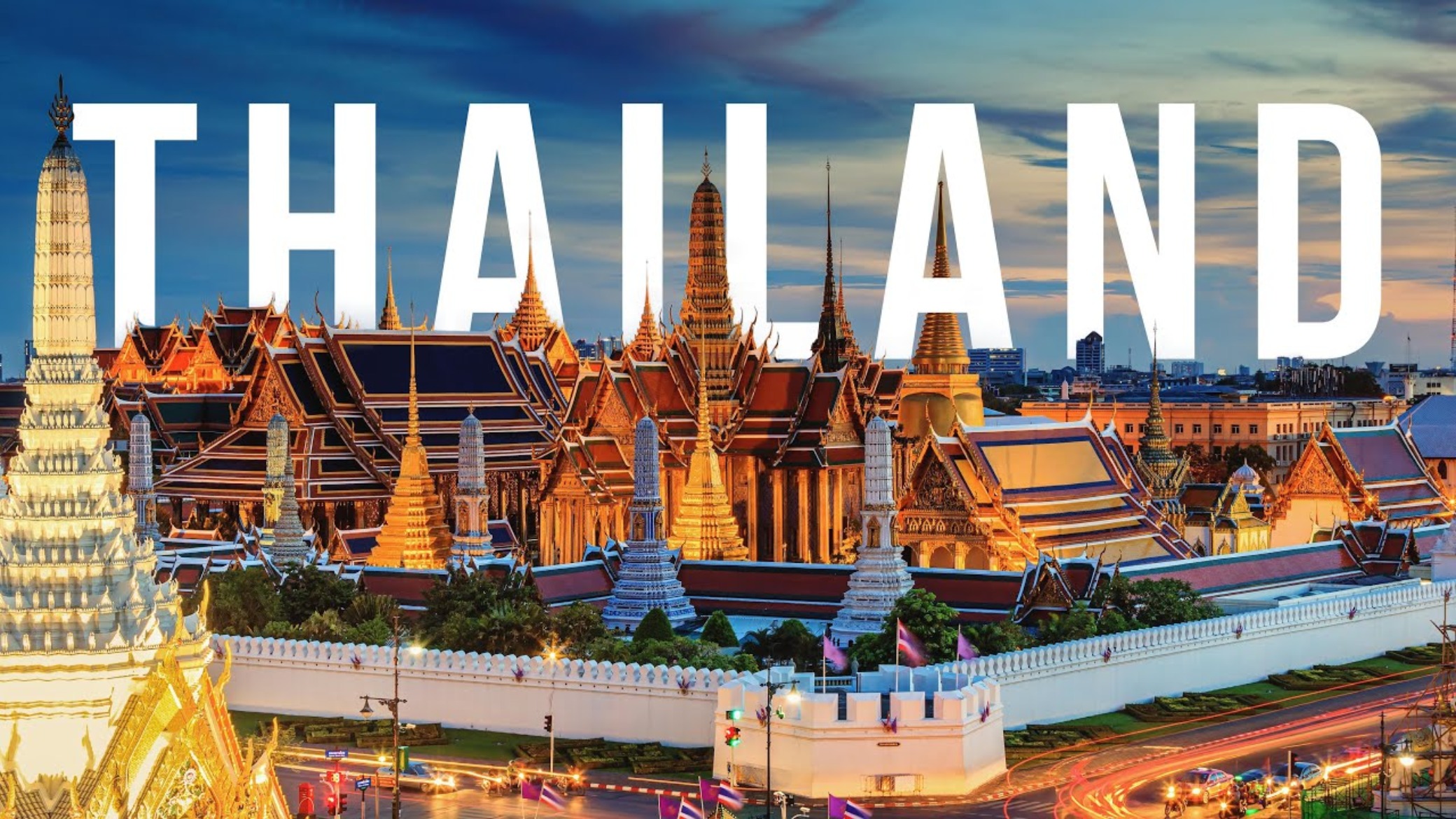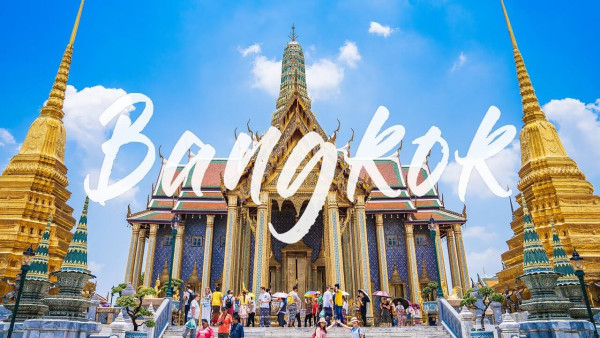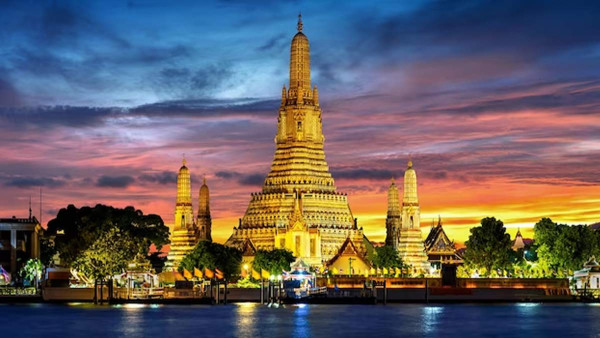7 Days Classic Thailand Tour Package to Bangkok, Chiang Mai & Phuket
-
15-05-2024
-
Pickup: Airport to hotel Hotal to airport
Description
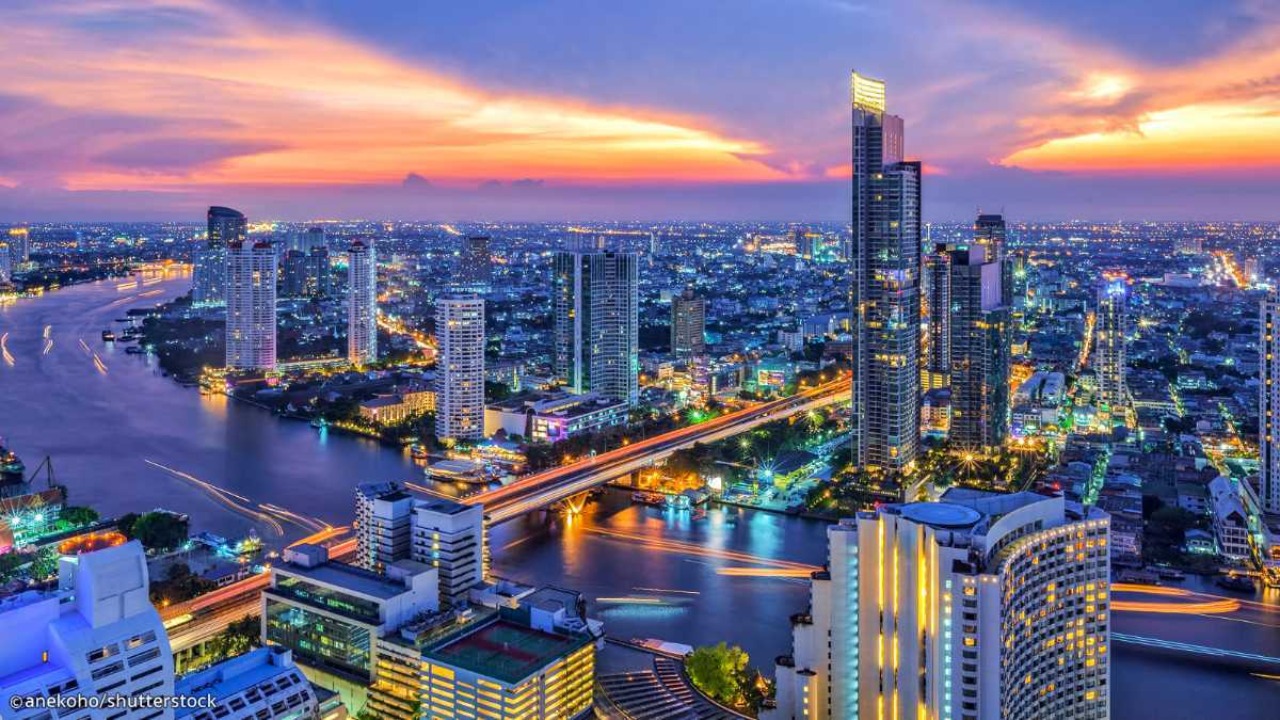 Thailand Holiday with City of Angels, Rose of the North & Thailand’s Largest Island
Thailand Holiday with City of Angels, Rose of the North & Thailand’s Largest Island
Plan a one-week vacation to Thailand? First-time to visit Thailand? Would like to explore the best destinations of Thailand in one trip? Take our 7 Days Classic Thailand Tour Package to Bangkok, Chiang Mai & Phuket, and enjoy a wonderful Thailand Holiday experiencing City of Angels, Rose of the North & Thailand’s Largest Island.
Our 7 Days Thailand Tour Package covers three main regions of Thailand: Central Thailand (Bangkok), Northern Thailand (Chiang Mai), and Southern Thailand (Phuket). In Bangkok, the capital of Thailand, you will witness three treasures of Thailand, explore the Top 6 must-visit places in Bangkok while experience Thai Massage, Tuk-tuk rides & long-tail boat rides, train markets, floating markets, and night markets. In Chiang Mai, the largest city in northern Thailand, is a popular tourist destination for cool weather, ancient city, elephant sanctuary, cooking class, temples, hill tribes, and beautiful scenery. In Phuket, the largest and most beautiful island of Thailand, enjoy your free time with various options from beach activities to Phuket Old Town, sea food, and Island Hopping.
Contact us for One Week Tour to Thailand to start your 7 Days Classic Thailand Tour Package to Bangkok, Chiang Mai & Phuket with us now.
You Can Experience “Must-see & Must-do” with This Tour
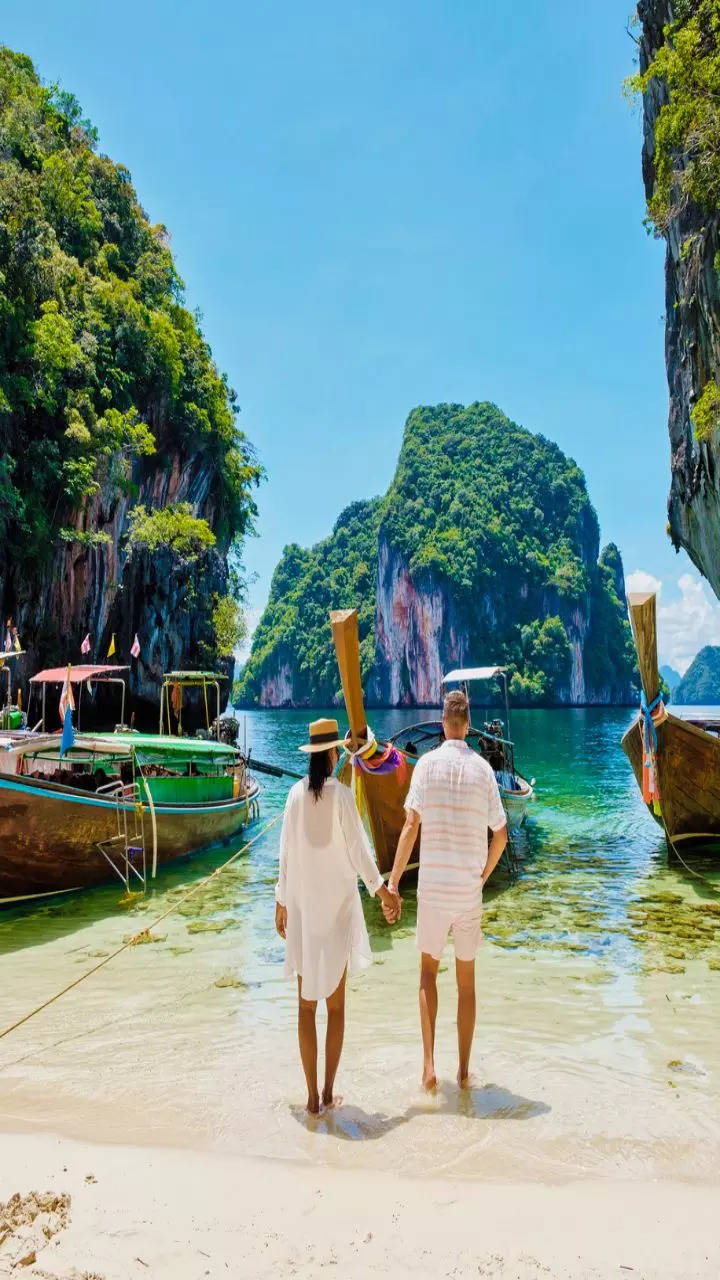
Travel Styles
Facilities
Itinerary
Sawatdee Krap/Kha! Welcome to Bangkok, the capital city of Thailand! Upon your arrival at the airport in Bangkok, the tour guide and driver will meet you at the exit and then escort you to the hotel in downtown Bangkok. You can have a good rest in your hotel and get ready to explore Bangkok with your guide the next day. Bangkok means the "City of Angels" in translation from its ceremonial Thai name, Krung Thep Maha Nakhon. It is a vibrant metropolis known for its bustling markets, ornate temples, and delicious Thailand street food. You can indulge in Bangkok's diverse culinary scene, from street eats to upscale dining. Shop till you drop in luxury malls or explore local markets. Enjoy the city's lively nightlife, rooftop bars, and live music venues. Bangkok offers a blend of tradition and modernity, making it an exciting and captivating destination.
Today, you will explore the Top 6 must-visit places in Bangkok: Wat Phra Kaew, Grand Palace, Wat Pho, Chinatown, Wat Traimit, and Wat Arun. You see “Wat” means “Temple” in Thai language. You will also experience a Thai tuk-tuk, take a ferry or boat ride on the Chao Phraya River, and indulge in local food in Chinatown. This is a classic Bangkok trip, allowing you to witness 3 treasures of Thailand: the jade Buddha, the reclining Buddha, and the golden Buddha. In the morning, head to Wat Phra Kaew which was built in 1782 and is located in the northeast corner of the Grand Palace in Bangkok. Covering one-fourth of the Grand Palace's area, Wat Phra Kaew is the most famous royal Buddhist temple in Thailand. This temple is renowned for enshrining one of three national treasures of Thailand, the Emerald Buddha, which is carved from a single block of Emerald. Each year, the Thailand King personally changes the Buddha's robes according to Thailand's three unique seasons. Each season changes with a certain robe: a gold robe embedded with rubies for the hot season, a gold robe embedded with sapphires for the rainy season, and a pure gold robe for the cool season. Don’t forget to check which robe the Emerald Buddha wears when you are there. On the walls surrounding the cloisters of Wat Phra Kaew, there are a total of 178 murals (1,000m in length). Painted during the reign of King Rama I, the first monarch of the Chakri Dynasty in 18th-century Thailand (Bangkok Dynasty), the murals depict scenes from the Indian mythological epic "Ramayana," which narrates the story of King Rama joining forces with the monkey deity Hanuman to defeat the demon king Ravana and rescue the exquisite princess Sita. It is said that the story of the "Journey to the West" is also based on this legend. All the murals were created by royal court painters and the golden pigments used were made entirely from gold, resulting in exquisite and unparalleled artwork. With the guidance of your tour guide, you can learn about the mythical creatures within Thai Buddhist architecture. For example, there is the Garuda, a mythical bird and guardian deity of Buddhism, perched on the rooftops. At the entrance of the temple, you'll find Yaksa, a protective deity, and outside the halls, there are statues of Kinaree, a mythical half-bird, half-human creature. The base of the pagoda is adorned with statues of Hanuman, the monkey deity. After visiting Wat Phra Kaew, you can go on a visit around the Grand Palace. The Grand Palace, which was first established in 1782, was constructed as a replica of the old palace in the former capital city of Ayutthaya. It serves as a symbol of the Bangkok Dynasty and is the most well-preserved, largest, and most distinctive palace in Thailand. The Grand Palace is currently used for coronation ceremonies, royal celebrations, and hosting foreign dignitaries. From King Rama I to King Rama VIII, all the monarchs of the Bangkok Dynasty resided in the Grand Palace. However, after an assassination incident in 1946 involving King Rama VIII, King Rama IX moved to a new residence. The Bangkok Dynasty has continued to the present day, with the current monarch being King Rama X. The Grand Palace complex consists of 22 buildings and is elegantly situated along the banks of the Chao Phraya River. The main structures are four distinct palaces (Borombhiman Hall, Amarindra Hall, Chakri Mahaprasat, Dusit Hall), showcasing the essence of Thai architecture, painting, sculpture, and interior decoration. It is often referred to as the "Encyclopedia of Thai Art". By the way, the Thai King is considered the incarnation of the god Vishnu, and Garuda is Vishnu's guardian. As a result, sculptures of the Garuda (stepping on 2 serpents) can be found on door lintels, eaves, and walls, with a total count exceeding several hundred. Witnessing the changing of the guards' ceremony is a bonus when visiting the Grand Palace. Then, visit Wat Pho (Temple of the Reclining Buddha) which is a 10-minute walk from the Grand Palace. As the oldest and largest temple in Bangkok, Wat Pho houses the largest reclining Buddha and the highest number of Buddha images and stupas in the city. The reclining Buddha, one of three national treasures of Thailand, is 46 meters tall and 108 meters long, depicting the scene of the Nirvana of Gautama Buddha. Within the temple grounds, there is a Bodhi tree, believed to be the spot where the Buddha meditated. The temple is adorned with about 100 stupas, with the most magnificent being the four stupas which are decorated with blue, white, yellow, and green ceramic tiles. In the courtyard, you can also see many Chinese-style stone sculptures, such as door guardians and lions, which were traditionally used on ships for ballast and protection against evil spirits.
Today, you will depart Bangkok to Samut Songkhram (80 km,1.5h) early (about 7am), to explore the floating & Train Markets and unveil the Thai countryside life. The best and most lively time to visit Damnoen Saduak Floating Market is in the morning (7am - 14 pm). As the largest and most well-known floating market among Thai and foreign tourists, this water market has a history of over a 100 years, offering a glimpse into a traditional way of local life. Enjoy your time watching vendors sell fresh products (fruits, vegetables, flowers), local handicrafts, souvenirs (locally-made bags), and delicious Thai street food from boats on canals. Be sure to try some local snacks such as coconut ice cream, coconut pancakes, pad thai, boat noodles, mango sticky rice, fresh spring rolls. It's photographers' heaven to capture a scene often depicted in movies (Detective Chinatown) and postcards. Take a long-tailed speedboat or a more relaxed paddle boat ride (optional and recommended) through the canals, immerse yourself in the bustling trading boats, experience the joy of shopping on the boat, and navigate through the traditional buildings of Siam people, as if traveling through time, which is enchanting. It is the only market still preserves the traditional Thai water market style today! If you prefer not to take a boat, you can also explore the market under the sheltered walkways on land.
Chiang Mai is a popular destination to see elephants up close in a wide open space. Today, you will enjoy a half-day morning visit to Elephant Nature Park (9:30 am to 1:00 pm), which is approximately 50km away from Chiang Mai Old City, requiring a 1.5-hour drive. Afterward, you can freely relax for the rest of the day, perhaps by taking a Chiang Mai Cooking Class (15:30-19:00; optional) or trying out Lila Thai Massage near the Tha Pae Gate (optional). This offers a delightful opportunity to experience the real local life in Chiang Mai. Thailand is known as the "Land of the White Elephant". Although actual white elephants do not exist in Thailand, Asian elephants do. Elephants are deeply woven into Thai mythology and religious stories for their strength and intelligence. According to legend, on the eve of Buddha's birth, his mother dreamt of a white elephant approaching her and offering a lotus flower. Since then, white elephants have been considered sacred by the Thai people, symbolizing wealth, peace, and prosperity. Throughout history, Thai people have had a close relationship with elephants, utilizing them as warriors on the battlefield and as beasts of burden for transporting agricultural goods and logs from the forest. Nowadays, numerous elephant sanctuaries offer Eco-tourism experiences throughout Thailand. As the national animal of Thailand, there is still much work to be done to ensure the well-being and future of elephants. Elephant Nature Park (ENP), established on the edge of a rainforest near Chiang Mai in 2003, is one of the leading ethical elephant sanctuaries and a pioneer in prioritizing the well-being of elephants. With over 130 elephants roaming freely within its premises, ENP provides a natural environment, proper care, and a chance for rescued elephants to recover from past abuse. During your visit, you will have an unforgettable experience with elephants, as well as other rescued animals such as buffaloes, dogs, cats, horses, goats, and birds. Accompanied by a guide, you will learn about how the cost of your ticket contributes to the elephants' well-being, including the purchase of their food: corn stalks, sugarcane, watermelon, and bananas. It's fascinating to note that an adult elephant consumes 200-400 kilograms of food per day! You will also have the opportunity to learn more about the founder, Lek, the daily lives of the elephants, the unique stories of each elephant, and how elephants bathe themselves. While keeping a certain distance (hands off; Let Elephants be Elephant is), you can enjoy the company of these majestic and wise creatures and witness their happiness as they now live freely in a peaceful and natural environment where they are loved and respected. After a Vegetarian lunch in the park, head back to your hotel and enjoy your relaxing day freely. Overnight in Chiang Mai.
Famed as "The Rose of the North" which perfectly captures the city's charm and beauty. You can spend Half day Citywalk in Chiang Mai Old City to explore Chiang Mai’s stunning Temples (Wat Phra Singh, Wat Chedi Luang, Wat Phan Tao), vibrant culture, and a laid-back atmosphere. It's a place for Architecture and culture lover. After your Chiang Mai trip, you may understand why Chiang Mai was Teresa Teng's (邓丽君) favorite city. In the morning, you will enter Chiang Mai Old City by the Tha Phae Gate, which is the landmark of Chiang Mai. The Old City is a square measuring 1.5 kilometers in length and 1.5 kilometers in width, surrounded by a moat. It is the most complete and well-preserved city gate, constructed in the early 13th century, remaining from the ancient walls that once surrounded the Old City. It served as a defensive structure against invaders and a gateway to the Lanna Kingdom. The area around the gate is always bustling with activity, especially during festivals like Loy Krathong and Yee Peng Lantern Festival (Sky Lantern Festival; Nov. or Dec.). There are around 30 temples within the Chiang Mai Old City walls today. You will visit Wat Phra Singh, one of the three major temples in Chiang Mai, is the largest and most revered temple in the ancient city. It was originally built in 1345 when the fifth king of the Mangrai dynasty constructed a stupa to enshrine his father's ashes. Over time, it was expanded to its present scale. The temple, named after a famous Buddha image called Phra Singh (Lion Buddha), showcases stunning Lanna architecture, a unique blend of Thai, Burmese, and Mon styles. In the center of the temple stands a large golden pagoda, approximately 20 meters high, built in the 16th century, which is said to house the relics of Gautama Buddha. Wat Phra Singh is also one of the main locations for locals to celebrate the Songkran Festival (held annually from April 13th to 15th, Thai New Year). Then, visit Wat Chedi Luang (Temple of the Big Stupa) which was located at the center of Chiang Mai Old City. The temple has a history of over 600 years and holds the same esteemed status as Wat Phra Singh, making it one of the three major temples in Chiang Mai. The centerpiece of the temple is the Lanna-style square-shaped great stupa, originally standing at a height of 98 meters, which was once the tallest structure in northern Thailand. It was built by King Saen Muang Ma of the Lanna Kingdom in 1411 AD. Throughout history, it has endured wars, and earthquakes, leaving only the 42-meter-high base and the ground level, bearing witness to the storied and profound history of Chiang Mai. Currently, new Buddha images have been placed on the four sides of the great stupa. On the southern wall, there are six elephant sculptures, with five of them being replicas restored with cement, and only the rightmost one being the original piece that has been preserved. It is worth seeing. Later, hop to Wat Pun Tao which is 100 meters away from Wat Chedi Luang. Wat Phan Tao, also known as the Teakwood Temple, is entirely constructed from teakwood provided by the royal family. With a pure Lanna-style design, built in the late 1870s, making it a treasured sanctuary within the city of Chiang Mai. It is also one of the few remaining wooden structures in the area. Every year during the Yi Peng Lantern Festival (mid Nov., Thai Lantern Making & Releasing), Wat Phan Tao holds a lighting ceremony, attracting photographers from both domestic and international locations.
Leisure time by the beach in your hotel of Phuket. You can choose the hotel near Patong Beach, Kata Beach, Karon Beach, or other beach you like, to enjoy your relaxing days. For the Party Gor, you can choose Patong Beach for water sports, exploring nightlife, shopping sprees, and day trips to nearby islands. You would love the energetic atmosphere, vibrant nightlife on Bangla Road, diverse restaurants and bars, and a wide range of shopping options including malls and markets. However, it can get crowded, especially during peak season. For the Family Getaway, you can choose Kata Beach for water sports such as kayaking and paddle boarding, exploring viewpoints, visiting Kata Night Market for a local experience, taking cooking classes, and going on day trips to islands. You would love the calm waters and shallow areas, which are perfect for families with young children (specifically Kata Noi), the good selection of resorts and hotels, and the lively yet manageable nightlife at Kata Yai. However, it may be slightly more expensive than Karon Beach.
t is time to end your 7-day Thailand tour. You will have some free time in Phuket and explore more on your own till your guide or driver escorts you to the airport for your flight to your next destination. If you prefer to travel longer in Thailand, you can extend your trip to other highlighted parts of Thailand, Chiang Rai, Krabi, Koh Samui, etc.
